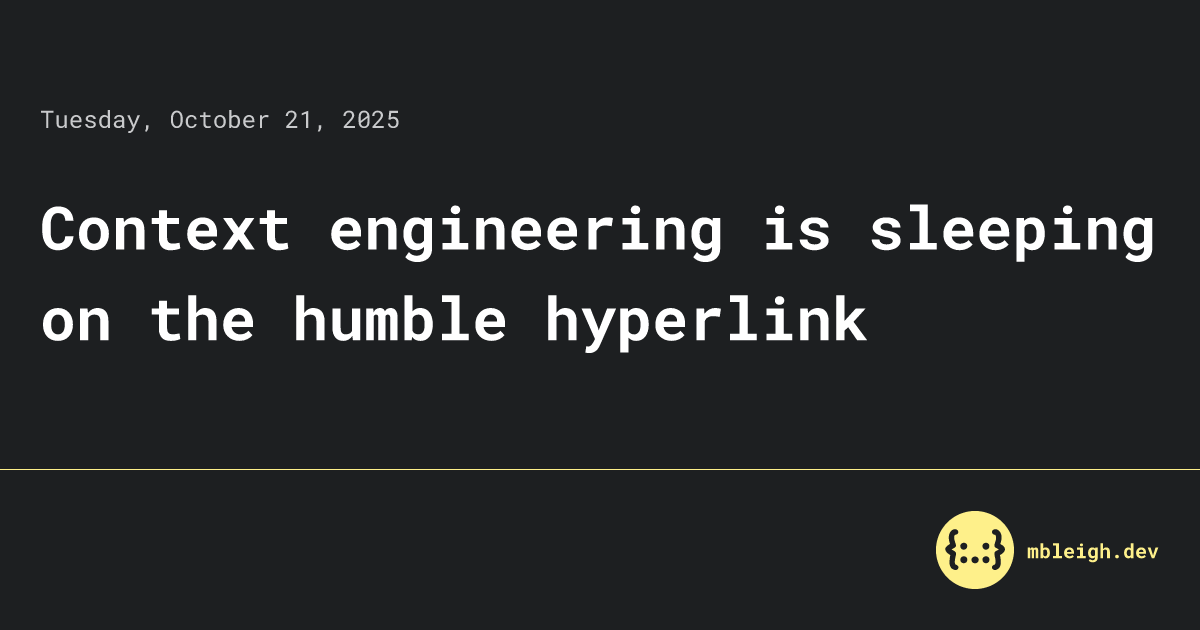Abstract
In most day-to-day physics, one is modelling other systems and it is possible to maintain a provisional separation of subject and object, or of investigator and system being investigated. Ultimately, though, we are part of the universe. The fact that we act in the domain that we are representing can make it impossible to stabilize certain facts or features of the world as objects of knowledge. I’ll suggest that this casts light on the sense in which the universe is participatory and use differences in the way that the effects propagate to distinguish the classical and quantum worlds.
Access this article
Subscribe and save
- Get 10 units per month
- Download Article/Chapter or eBook
- 1 Unit = 1 Article or 1 Chapter
- Cancel anytime
Buy Now
Price excludes VAT (USA)
Tax calculation will be finalised during checkout.
Instant access to the full article PDF.
Similar content being viewed by others
Explore related subjects
Discover the latest articles and news from researchers in related subjects, suggested using machine learning.Data Availability
No datasets were generated or analysed during the current study.
Notes
Not to be confused with quantum interference, which refers to the specifically quantum effect observed in measurements on systems in superpositions.
This is an example of causal interference. The prediction will cause its own defeat. Interference arises when the event being represented can’t be detached from the act of representing it. In the self-reference case, the link is semantic, in this case here, it is causal. In both cases, one is encountering the shadows of one’s own actions. Interference can be positive as well. If we ask the computer whether the word ‘yes’ (or for that matter simply what words will appear) in the output channel in response to this question, we get the positive form of semantic interference. It doesn’t matter what answer the computer gives; the answer will be true. The causal version of positive interference is a self-fulfilling prophecy. A man’s insecurity about keeping his commitment-shy lover drives her away. A favorable prediction by an influential analyst drives stock prices higher.
I’m using fact generically to mean an event, a property of an object at a time, a physical quantity taking a value. I’m assuming an ontology of events for convenience; these points will carry over to any ontology.
The most basic kind of dependence is that the fact to be known just is the knowing; but there will be derivative connections to other events because of the way that knowledge is connected in the network.
The settings we are interested in here are where quantum effects are suppressed and the probabilistic relations among the events in question are those predicted by the classical laws.
Gleason’s theorem makes use of the full algebra of observables, KS uses a specific finite set of triples. Gleason's theorem shows that there is no probability measure over the rays of a Hilbert space that only takes the values 0 and 1 (as long as the dimension of that space exceeds 2). The Kochen–Specker theorem constructs a specific finite subset of rays on which no such probability measure can be defined.
Assuming the choice of parameter is free and there is no retrocausality.
Without contextuality, superdeterminism or cosmic conspiracy.
Maudlin [2] makes the point that ‘interpretation’ isn’t the right word: some of these are better considered alternative theories, but I follow the customary usage for convenience. I’ll put aside theories that supplement the ontology (e.g., Bohmian Mechanics) or alter the dynamics (eg., Bohmian Mechanics, Spontaneous collapse theories). The point here is not to survey of interpretations, but to illustrate that the dynamics of ‘measurement’ in the bare, unaltered formalism involves interference in ways that become explicit in interpretations that do neither. For that reason, I look at Everettian quantum mechanics, relational quantum mechanics and retrocausal interpretations. Superdeterministic theories don’t deny the aspects of the logic of measurement that I have highlighted here (that measurement results accurately reveal pre-existing values: values that were, as I put it, there anyways and already), but rather the idea that experimenters have freedom in choice of measurement.
Husserl’s theory of intentionality [17] is also, of course, a rich account of this process. Thank you to an anonymous reviewer for the suggestion.
References
Ismael, J.: Quantum Mechanics. The Stanford Encyclopedia of Philosophy (Fall 2021 Edition). https://plato.stanford.edu/archives/fall2021/entries/qm/
Maudlin, T.: Philosophy of Physics: Quantum Theory. Princeton University Press, Princeton (2019)
Bell, J.S.: Speakable and Unspeakable in Quantum Theory. Cambridge University Press, Cambridge (1987)
Kochen, S., Specker, E.P.: The problem of hidden variables in quantum mechanics. J. Math. Mech. 17(1), 59–87 (1967)
Gleason, A.M.: Measures on the closed subspaces of a Hilbert space. Indiana Univ. Math. J. 6(4), 885–893 (1957)
Pusey, M.F., Barrett, J., Rudolph, T.: On the reality of the quantum state. Nat. Phys. 8(6), 475–478 (2012)
Wheeler, J.A.: Information, physics, quantum: the search for links. In: Wheeler, J.A. (ed.), Proceedings III International Symposium on Foundations of Quantum Mechanics, pp. 354–358 (1989)
Wheeler, J.A., Zurek, W.: Quantum Theory and Measurement. Princeton University Press, Princeton (1983)
Fuchs, C.: QBism, Where Next?. https://arxiv.org/abs/2303.01446
Evans, G.: Things without the mind. In: Philosophical Subjects. Clarendon Press, Oxford (1980)
Strawson, G.: The Bounds of Sense. Methuen, London (1966)
Marr, D.: Vision: A Computational Investigation into the Human Representation and Processing of Visual Information. MIT Press, Cambridge
Everett, H.: ‘Relative State’ formulation of quantum mechanics. Rev. Mod. Phys. 29, 454–462 (1957)
Everett, H.: On the reality of the quantum state. Nat. Phys. 8, 475–478 (2012)
Rovelli, C.: Relational quantum mechanics. Int. J. Theor. Phys. 35, 1637–1678 (1996)
Price, L.H.: Does time-symmetry imply retrocausality? How the quantum world says “Maybe”? Stud. Hist. Phil. Mod. Phys. 43, 75 (2012)
Husserl, E.: Ideas Pertaining to a Pure Phenomenology and to a Phenomenological Philosophy. Translated by F. Kersten. Martinus Nijhoff, The Hague (1982)
Acknowledgements
I have benefitted enormously, over many years, from discussions with Carlo Rovelli. I’m also grateful to Chris Fuchs, to audiences at Berkeley and the University of Pittsburgh, and to David Wallace for the question in a different talk that prompted this paper.
Ethics declarations
Conflict of interest
The authors have no competing interests to declare that are relevant to the content of this article and no received no external funding over the course of its preparation.
Additional information
Publisher's Note
Springer Nature remains neutral with regard to jurisdictional claims in published maps and institutional affiliations.
Rights and permissions
Springer Nature or its licensor (e.g. a society or other partner) holds exclusive rights to this article under a publishing agreement with the author(s) or other rightsholder(s); author self-archiving of the accepted manuscript version of this article is solely governed by the terms of such publishing agreement and applicable law.
About this article
Cite this article
Ismael, J. A Participatory Universe in the Realist Mode: On the Separation of Observational and Agentive Perspectives in Classical and Quantum Mechanics. Found Phys 55, 35 (2025). https://doi.org/10.1007/s10701-025-00843-4
Received: 18 December 2024
Accepted: 09 April 2025
Published: 02 May 2025
DOI: https://doi.org/10.1007/s10701-025-00843-4
.png)







